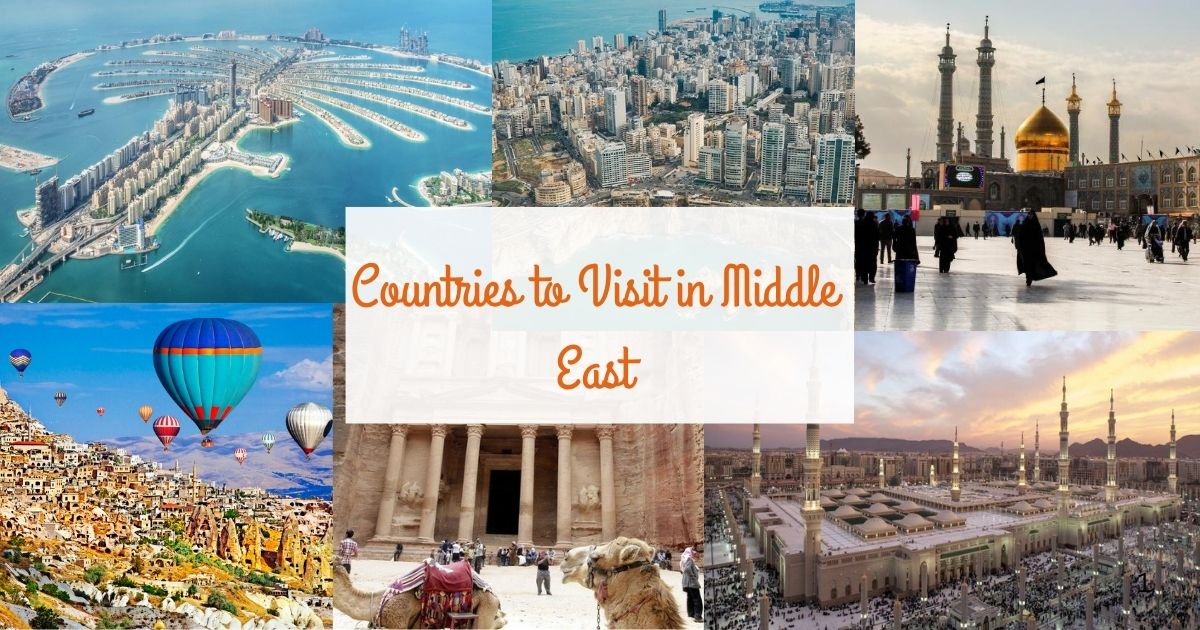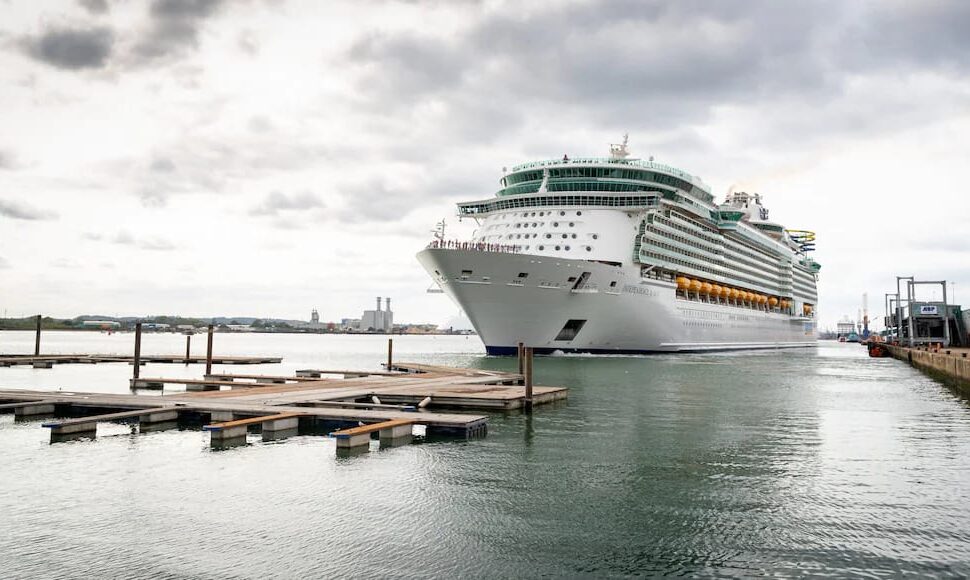The Middle East is a region rich in culture, history, religion, and diverse landscapes — from golden deserts and bustling souks to futuristic cities and ancient ruins. Stretching from the eastern Mediterranean to the Persian Gulf, this region is often misunderstood but holds incredible appeal for travelers seeking both adventure and insight.
If you’re considering exploring this captivating region, here is a guide to some of the best countries to visit in the Middle East, along with what makes each one unique.
For background and regional understanding, refer to the Wikipedia article on the Middle East.
1. United Arab Emirates (UAE)
The UAE, especially Dubai and Abu Dhabi, offers a futuristic urban experience with luxury shopping malls, towering skyscrapers, and artificial islands. Yet beyond the glitz, the UAE also showcases cultural gems like:
- The Sheikh Zayed Grand Mosque in Abu Dhabi
- Desert safaris in the vast Rub’ al Khali (Empty Quarter)
- Traditional souks and dhow cruises along the Dubai Creek
Why visit: Perfect mix of modern luxury and Arabian tradition.
2. Jordan
Jordan is one of the safest and most traveler-friendly countries in the Middle East. It is home to one of the New Seven Wonders of the World — Petra, the ancient rock-cut city.
Other highlights include:
- Wadi Rum: The stunning red desert used in films like The Martian
- Dead Sea: The world’s lowest point on land and a natural spa
- Amman: A modern city with Roman ruins and delicious Levantine cuisine
Why visit: Rich archaeology, hospitable locals, and natural wonders.
3. Israel
Israel is a small but culturally rich country with deep historical and religious significance for Judaism, Christianity, and Islam. Major attractions include:
- Jerusalem’s Old City: Home to the Western Wall, Church of the Holy Sepulchre, and Al-Aqsa Mosque
- Tel Aviv: A cosmopolitan beach city with vibrant nightlife
- Masada and the Dead Sea: Iconic desert fortresses and floating experiences
Why visit: Deep religious history mixed with modern city life.
4. Turkey
Although culturally straddling Europe and Asia, Turkey is often considered part of the greater Middle East. Istanbul is the country’s crown jewel, with its blend of Eastern and Western influences.
Key destinations:
- Istanbul: Visit the Hagia Sophia, Blue Mosque, and Grand Bazaar
- Cappadocia: Known for hot air balloon rides and fairy chimney landscapes
- Ephesus and Pamukkale: Explore Greco-Roman ruins and natural travertine terraces
Why visit: Seamless blend of history, art, and scenic beauty.
5. Oman
A hidden gem in the Arabian Peninsula, Oman is known for its rugged landscapes, ancient forts, and warm hospitality.
Top attractions:
- Muscat: Coastal capital with royal palaces and traditional markets
- Nizwa Fort and Jebel Akhdar: Historical and mountainous wonders
- Wahiba Sands: Ideal for desert adventures and stargazing
Why visit: Authentic culture with fewer tourists and stunning natural beauty.
6. Qatar
Qatar has rapidly transformed into a high-end travel destination, especially after hosting the FIFA World Cup in 2022. It offers cultural museums, modern architecture, and luxury hospitality.
Places to explore:
- Doha Corniche and Souq Waqif
- Museum of Islamic Art
- Desert safaris and Inland Sea (Khor Al Adaid)
Why visit: Art, architecture, and a mix of old and new Arab life.
7. Lebanon
Despite political instability in recent years, Lebanon remains a culturally dynamic destination when safe to visit. It’s one of the few places in the region where you can ski in the morning and swim in the Mediterranean by afternoon.
Notable attractions:
- Beirut: The “Paris of the Middle East” for its cafes and nightlife
- Byblos and Baalbek: Ancient Phoenician and Roman ruins
- Chouf Mountains: Forests, monasteries, and cedar trees
Why visit: Mediterranean charm, historical depth, and culinary delights.
8. Saudi Arabia
Now opening up to tourism under its Vision 2030 initiative, Saudi Arabia offers unique experiences beyond its religious cities of Mecca and Medina (accessible only to Muslims).
Other must-sees:
- AlUla and Madain Saleh (Hegra): Archaeological wonders akin to Petra
- Riyadh and Jeddah: Cities blending tradition and modernity
- Edge of the World: A dramatic geological cliff formation outside Riyadh
Why visit: Untapped tourism and sacred Islamic landmarks.
9. Bahrain
This small island kingdom offers a mixture of modern city life and rich history. It’s ideal for a quick yet immersive Middle Eastern getaway.
Explore:
- Manama: A lively city with museums and souks
- Qal’at al-Bahrain: A UNESCO World Heritage site
- Pearling Trail: A cultural insight into Bahrain’s pearl diving past
Why visit: Small in size, rich in culture.
10. Iran
While currently less accessible for some international travelers, Iran remains one of the most historically and culturally rich countries in the Middle East.
Places of interest:
- Isfahan and Shiraz: Cities known for stunning Islamic architecture
- Tehran: Capital city with palaces and museums
- Persepolis: Ruins of the ancient Persian Empire
Why visit: Persian heritage, architecture, and gracious hospitality.
Travel Tips for Visiting the Middle East
- Dress modestly: Especially in more conservative countries like Saudi Arabia, Iran, and parts of the UAE.
- Respect local customs: Learn about prayer times, Ramadan etiquette, and gender norms.
- Check visa requirements: These vary significantly from country to country.
- Safety first: Always check travel advisories from your country’s foreign office.
Final Thoughts
The countries to visit in the Middle East are as diverse as they are fascinating. Whether you’re interested in ancient history, Islamic culture, desert adventures, or modern cityscapes, this region offers something for every kind of traveler. While often portrayed through the lens of geopolitics, the Middle East is full of warm people, complex histories, and breathtaking sights waiting to be explored.
To dive deeper into the region’s history and geography, you can explore this Wikipedia page on the Middle East.




